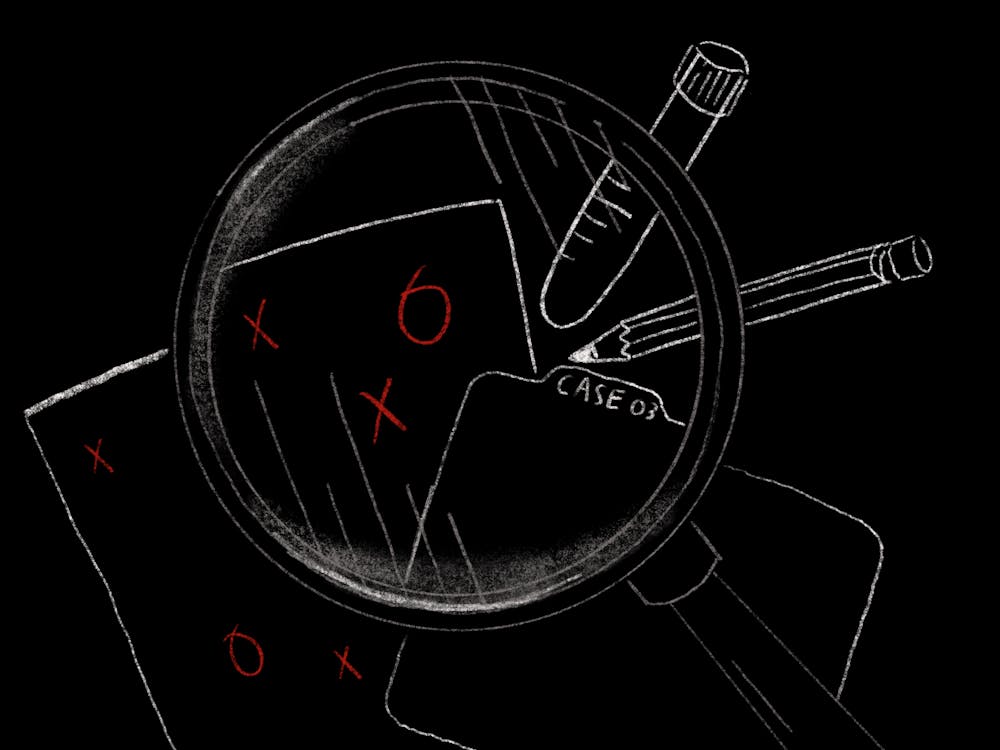One of my all–time favorite guilty pleasures are what I call “case shows,” television series where every episode deals with a different case—think of police procedurals, the classic The X-Files, where there was a different monster every week, or House M.D., where the titular doctor diagnoses a different patient every episode. I grew up with these shows when they were at their prime, and they were the hallmark of entertainment during my preteen years. Now, since I’ve been at home for weeks, unable to go out or see anyone, these shows have been one of the comforts I’ve come back to.
Unfortunately, these series are also often characterized by their disappointing endings, the worst flaw a television show can have. Often, this is simply because they keep going past a point where they make sense. Eventually, it feels like creators forget what made these shows so successful in the first place, especially in an era of television where the case show format has been overwhelmingly overshadowed by narrative–based television. Case shows prove that all TV should have an expiration date, a natural ending written as part of its story. It’s a method proven by shows like The Good Place and Schitt’s Creek, whose creators thought of their endings early on and stuck by them, creating tight, satisfying television.
Without an overarching storyline that connects episodes and seasons together, the emotional and narrative backbone of a case show is its ensemble of characters. These series carry a unique burden. Every episode must enable character growth or delve into the backstory of at least one character. Leverage, which follows a group of modern–day Robin Hoods bringing down corporate bigwigs, was the epitome of this format, spending five seasons establishing its characters both as individuals and a family.
As some of these shows stretch longer and longer instead of ending, later episodes often drop significantly in quality due to a few fundamental mistakes. Often, actors choose to leave and are subsequently replaced with brand–new, underdeveloped characters with whom the audience lacks a relationship. Criminal Minds and House M.D. had very different casts from beginning to end, and the last season of Scrubs was universally reviled by fans when it starred almost none of the original cast.
Even when a show retains its characters, it often runs out of places to go with their stories, especially since there's no arch to ground them with. There's only so far you can go with the same concept, especially if the series runs for over a decade. Many case shows fall into the trap of forcing beloved characters through excessive trauma or killing off side characters to eke out emotional moments, as if all audiences want is to feel bad for their favorite characters. House M.D. went from using the protagonist’s chronic pain to explain his unique relationship with medicine and his patients in its early seasons to a gruesome scene of him cutting tumors out of his bloody leg in the show’s seventh season; it’s gory and unrealistic, but when the show continues airing, all elements of conflict have to continue escalating.
Other case shows choose to shift to more narrative–focused, wide–lens storylines. Criminal Minds, which dealt with an elite FBI unit combatting the horrors of serial crime went from entire seasons of disconnected episodes to focusing on one or two persistent and cartoonish killers. Often, when case shows make this transition, it’s clunky and nonsensical.
Criminal Minds also made the mistake of trying to maintain audience interest by making individual cases more absurd—or perhaps it simply ran out of ideas for genuinely frightening killers. Though always exaggerated, the early seasons of Criminal Minds were genuinely scary, featuring murderers based on real cases and dealing with issues of trauma and mortality to create both entertaining and compelling television. In later seasons, the featured killers had an almost comical mix of backstory and motive.
This is the greatest flaw a show can have, tipping the balance from character–focused moments to the individual cases themselves. At the end of the day, fans don’t really remember what exactly happened during each episode, especially not for characters who are only there once. What they remember is how their favorite characters reacted to events and what it meant for their stories. With this in mind, case–based television shouldn't step away from the very people who keep fans watching.







